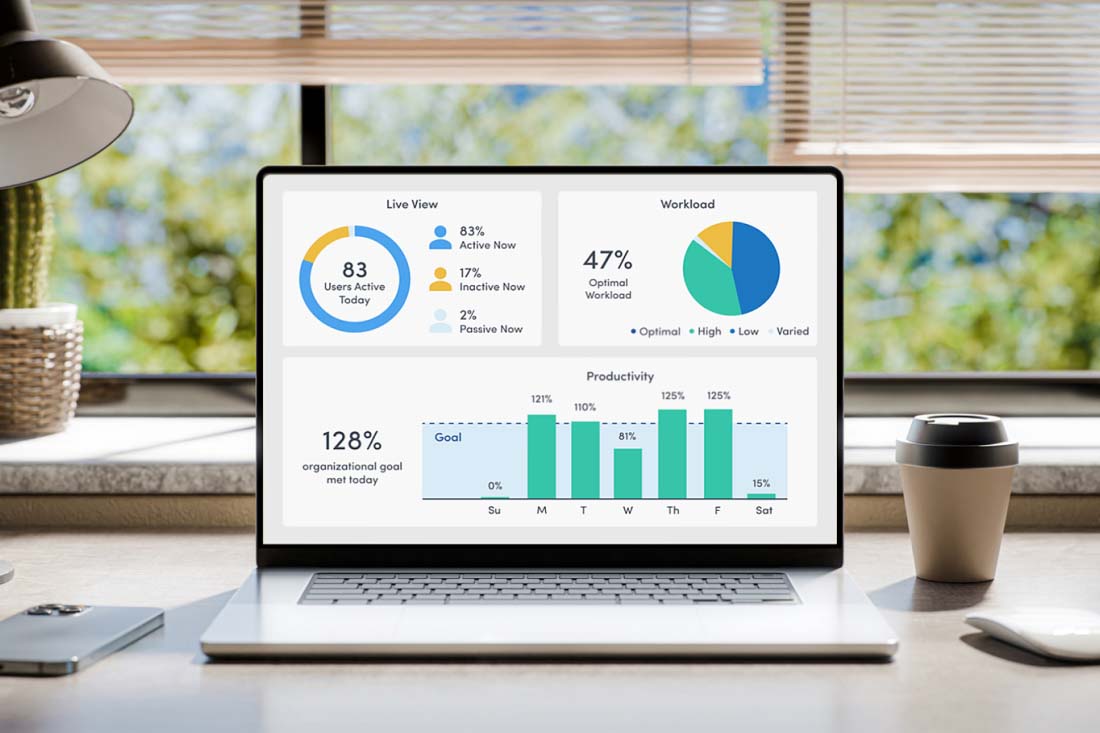New insights help organizations improve productivity and design better employee experiences
Originally published on 06-23-2021 in HR.com
After more than a year into the Covid-19 pandemic, workers across many industries are feeling burned out. Multiple reports point to all-time high levels of stress, distractibility and digital exhaustion. In fact, new research from Microsoft found that thirty-nine percent of workers feel exhausted.
And it’s not just burnout that is cause for concern among organizations. As the world begins to open up, many employees are plotting their next move. Research finds that 41 percent of the global workforce is likely to consider leaving their current employer within the next year and 46 percent are planning to make a major pivot or career transition.
While employee turnover is a big concern for organizations, there is good news for employers. According to a 2020 study by the Brandon Hall Group, HR leaders rated productivity second among eight top indicators of increased employee engagement, with 80% selecting it as the most important factor.
So how can you help ensure that your employees are productive, engaged and having the best work experience possible? As the HR tech stack gains increasing importance, new workforce analytics technologies are becoming a top consideration in 2021.
Workforce Analytics
New workforce analytics technology can offer data-driven insights to HR leaders on employee engagement and productivity, providing consistent, continuous measurement over time versus point-in-time surveys or potentially subjective manager assessments.
Workforce analytics can also help HR track performance trends, identify workers subject to burnout risk, identify how employees can reduce distractions, help them recapture focus time for deep work and reduce unnecessary meeting time. These insights help HR organizations work with managers to better design workloads, workflows and workdays for employees – helping to ensure they are productive, while reducing the risk of employee turnover.
A common set of metrics or key performance indicators is emerging to help organizations understand how to design positive work experiences for employees. A few of these indicators defined by 451 Research, a part of S&P Global Market Intelligence, include:
- Alignment – Alignment around the right goals, expectations and workflows.
- Focus – As workers contend with a rise in digital and home distractions, this measures engagement in important, high-value activities versus low value tasks or distractions.
- Effort – Spending enough time, at the right time, on the right activities.
- Capacity – Having capacity beyond active and focused time to troubleshoot and take on net new activities.
- Conversations – The time spent collaborating.
- Automation – The amount of time spent on manual tasks.
- Process – The number of steps to complete a workflow.
- Rework – The number of times individual workflows are revised and amended.
- Velocity – The time it takes to execute against a goal.
These new metrics and data points are meant to support HR leaders during these unprecedented times, and can help managers answer questions, such as:
- How can we make work easier through process improvements? Which employees are closely aligned to goals and expectations?
- Which employees are at risk of burnout or turnover?
- How can we identify employees that need training and/or mentoring?
- Is our team online and engaged during critical business hours or do we need to adjust workloads across teams with more capacity?
- Do distracting and wasteful practices exist?
- How does application usage vary by individual and team?
- Are too many tools being used or is context switching slowing productivity?
Stacking up Workforce Analytics
The HR tech stack has come under increasing focus as human resources professionals face growing challenges with retaining top talent, and workforce analytics technology is becoming a top consideration in 2021. When evaluating products, companies should seek solutions built with privacy, security and flexibility.
Cloud-based workforce analytics are easy to deploy and manage across a distributed workforce. HR leaders should work with their IT departments to identify solutions built with an open architecture. This will allow for easy integration with a number of other HR tools and data sources across an organization for a broader context. Lastly, a secure solution should have multiple layers of protection that includes data encryption, single-sign-on and multi-factor authentication.
As organizations determine how to manage employees in this new work era, many are turning to training resources to better understand best practices for workforce analytics. One thing is certain though: when using workforce analytics, managers must prioritize insights (vs. oversight) to help to create an open dialogue, build trust and design fulfilling work experiences.
Businesses that embrace workplace analytics will create more rewarding employee experiences, engaged, productive teams, and help retain their workforces for a stronger future.
Ready to get started? Check out ActivTrak solutions for HR and see how leveraging our award-winning HR software can help your business thrive.
Keep learning: Watch our on-demand webcast Hybrid Work and The New Tech Stack: Balancing People, Process, and Technology





